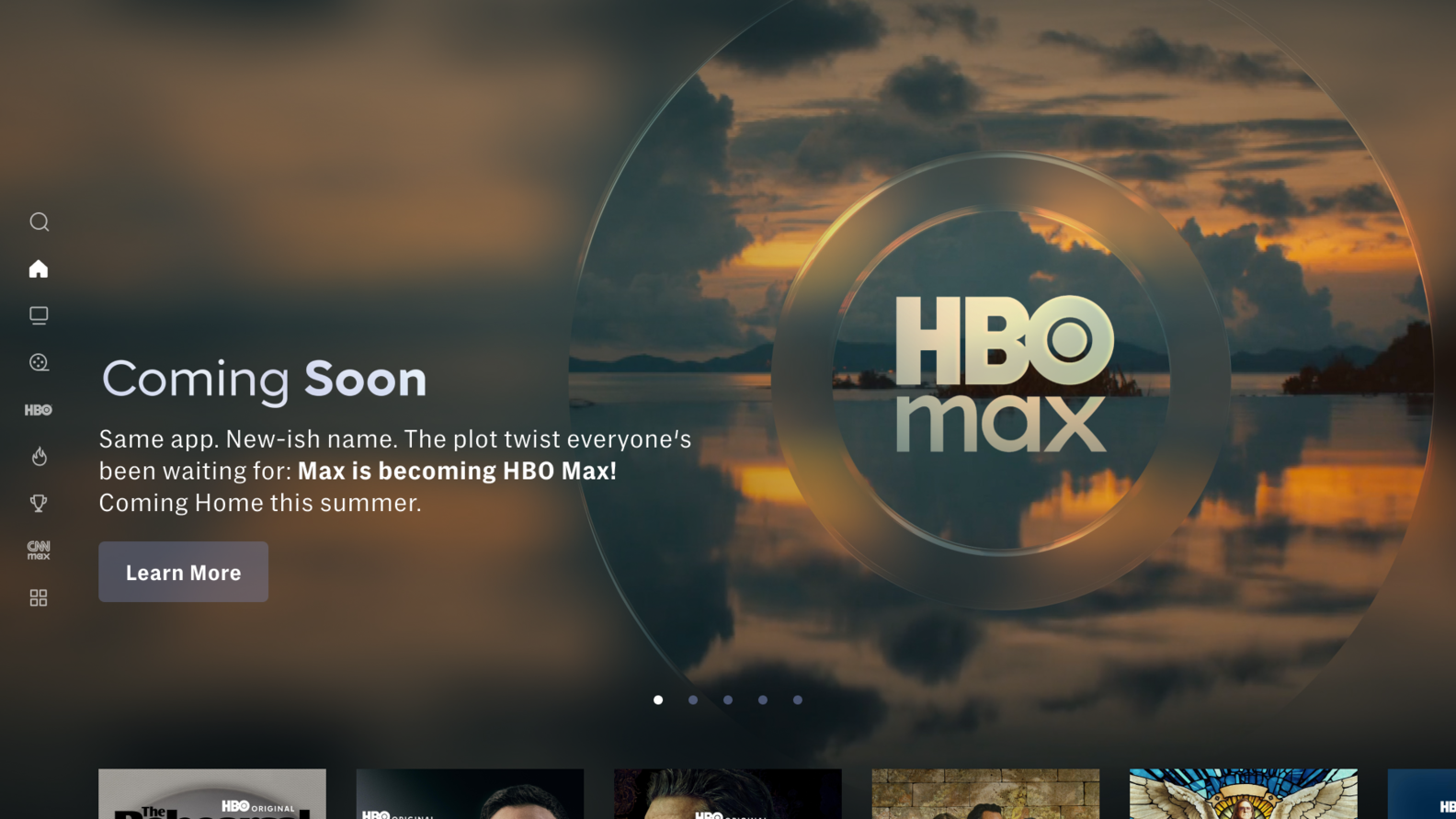Rohde & Schwarz representative predicts large interest in mobile DTV, SFNs, spectrum allocation at NAB Show

Editor’s Note: Over the next several editions of “RF Update” and “NAB Update,” Broadcast Engineering will present the perspective of various RF vendors on the issues likely to be making news at the 2011 NAB Show.
Uncertainty over the future of TV spectrum is slowing progress in deployment of mobile DTV, and that uncertainty is likely to carry over as a major topic of discussion at the 2011 NAB Show, says Dave Benco, national key account manager for Rohde & Schwarz.
With the FCC push to implement its National Broadband Plan and proposal for incentive auctions to recoup 120MHz of TV spectrum, TV broadcasters are being cautious, he says, and that translates into an unexpected hesitation in mobile DTV deployment.
But, it would be a mistake to attribute this hesitation entirely to fear over losing spectrum, Benco says. Other aspects of what’s on the table, including repacking the TV band and moving broadcasters from sought-after UHF channels to VHF assignments, are also holding back deployment.
“The issue for VHF is a fundamental one,” Benco says. “The physical antenna has to be bigger than a handheld device.” That could be a serious problem for broadcasters hoping to tap new revenue streams by rolling out mobile DTV to viewers using small handsets. Additionally, viewers of VHF broadcasts in some markets post-DTV transition experienced reception problems — problems so severe that some stations petitioned the commission to increase power and others asked to return to UHF.
“One of the ways we could help is more power, but that doesn’t come without other issues, like interference,” Benco says.
“VHF mobile reception has not been given the same priority as UHF mobile,” Benco says. If the FCC ultimately forces UHF broadcasters into VHF spectrum to meet its stated goals for broadband, more work will need to be done on mobile receivers.
Get the TV Tech Newsletter
The professional video industry's #1 source for news, trends and product and tech information. Sign up below.
Another related topic likely to receive a lot of attention at the NAB Show is distributed transmission and single frequency networks (SFNs).
“SFN architecture will be critical to offering the quality of service necessary for a mobile offering,” Benco says. Without it, certain areas will go unserved, which won’t be acceptable to mobile viewers.
However, it is “absolutely the wrong idea” that broadcasters can “start sprinkling more transmitters” in their service area with ATSC, because doing so “could cause as many problems as it solves,” Benco says. Rather, SFN deployment must be done with good engineering practices foremost in mind.
“SFNs and receivers will be the two main topics we will see broadcasters grappling with over the next 12 to 18 months,” Benco says. “How do I get a better quality of service for the mobile environment?” Improved equalizers built into mobile DTV receivers are part of the answer, “but broadcasters will always be restrained by the legacy A/53 installed base of receivers,” he says.
“When it comes to network planning, broadcasters will begin weighing fixed vs. mobile service,” he says. “At some point, you favor mobile over fixed, but we’re not there yet.”
When will that occur? Perhaps discussion at the NAB Show will make peering into that crystal ball a bit more productive.
Phil Kurz is a contributing editor to TV Tech. He has written about TV and video technology for more than 30 years and served as editor of three leading industry magazines. He earned a Bachelor of Journalism and a Master’s Degree in Journalism from the University of Missouri-Columbia School of Journalism.

